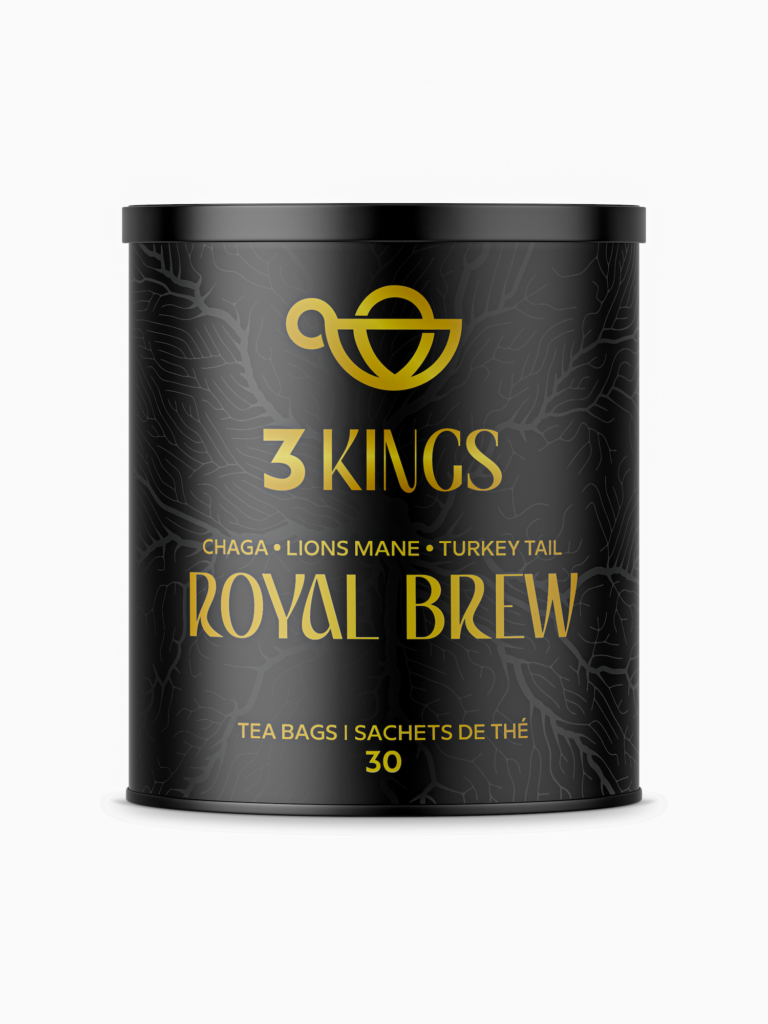If you’re one of those people who has a drawer full of old batteries that you’ve been meaning to get rid of, I’ve got some advice for you. You can check out this article on how to responsibly dispose of electronics. If you’re in the US, you can find recycling locations for batteries through Call 2 Recycle or Earth 911. For those in the UK, you can try your local recycling center or supermarket.
Now, let’s talk about rechargeable batteries. A pioneer in the field, the Eneloop range was developed by Sanyo in Japan and was introduced in 2005. It wasn’t until 2013, after Panasonic acquired the company, that the batteries were officially rebranded as Panasonic Eneloop. The technology has come a long way since the early days of rechargeable batteries. Eneloop batteries, which are still manufactured in Japan, have surpassed the 500-million mark in shipments. This speaks to the quality and reliability of these batteries.
In the past, rechargeable batteries had a reputation for not holding a charge well and exhibiting performance issues, such as dimming lights before dying completely. However, the Eneloop range has overcome many of these limitations. Not only do they outperform alkaline batteries in cold temperatures, but they also can be recharged whenever you want. You don’t have to worry about the memory effect, a common issue with some rechargeable batteries that require you to only recharge when empty.
The Eneloop range comes in three varieties of AA and AAA batteries. The standard Eneloop batteries have a 1,900- or 750-mAh capacity, can be recharged up to 2,100 times, and retain 70 percent of their capacity after 10 years in storage. The Eneloop Pro has a 2,500- or 930-mAh capacity, can be recharged up to 500 times, and retains 85 percent of its capacity after a year in storage. The Eneloop Lite has a 950- or 550-mAh capacity, can be recharged up to 3,000 times, and retains 70 percent of its capacity after five years in storage.
The highest-capacity Pro model matches or surpasses a single-use alkaline battery for most gadgets, including game controllers, toys, and torches. The standard Eneloop batteries perform close to regular batteries’ level, and the Lite version is best for low-power devices, like clocks. Many users have found that Eneloop batteries are the longest-lasting rechargeable batteries they’ve tried. It’s also worth mentioning that Eneloop batteries are environmentally friendly, as they come packaged in cardboard without any plastic, and they come pre-charged by solar panels.
In addition to the batteries, Panasonic also offers a range of elegant chargers that can charge multiple batteries at different speeds. For example, the BQ-CC55 is a popular choice that can fully charge two AA batteries in just an hour and a half. It features colored LEDs above each battery slot to indicate the charging status, making it a smart and simple design.
While Eneloop batteries may come with a higher initial price, they are actually more cost-effective in the long run when compared to constantly buying disposable batteries. By purchasing Eneloop batteries and a charger, you can save money and reduce your environmental impact. Keep an eye out for discounts, especially during big sale events like Black Friday. Just make sure you’re getting the latest version, as the older ones have a lower capacity.
In summary, Eneloop rechargeable batteries are a reliable and environmentally friendly choice for powering your devices. With their high capacity, long lifespan, and ability to hold their charge in various conditions, they offer a sustainable and cost-effective alternative to traditional disposable batteries. By responsibly disposing of old batteries and investing in Eneloop batteries, you can do your part to minimize environmental impact and reduce electronic waste.











